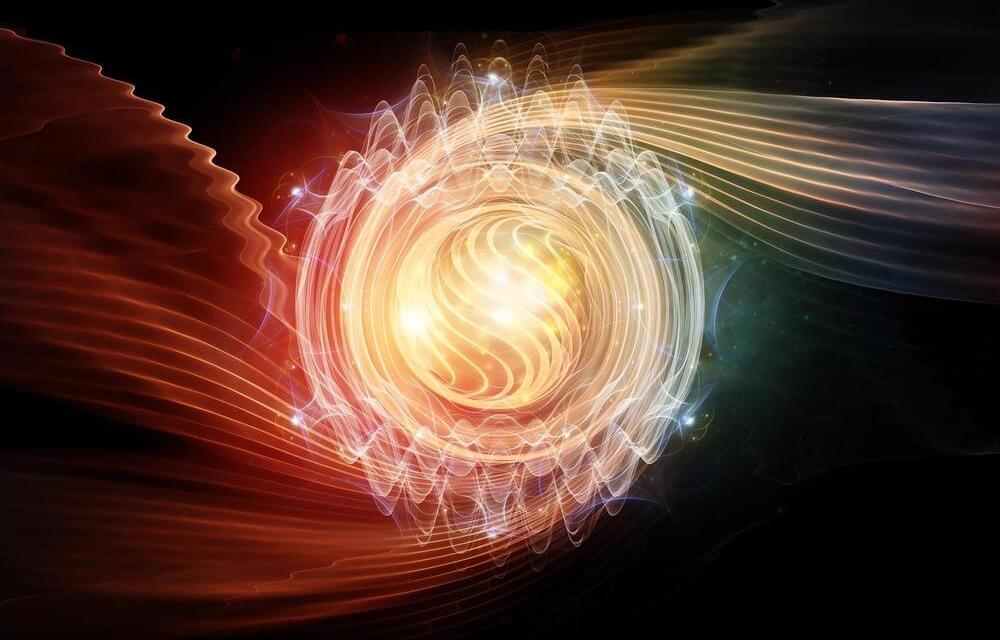Osaka University researchers show the relativistic contraction of an electric field produced by fast-moving charged particles, as predicted by Einstein’s theory, which can help improve radiation and particle physics research.
Over a century ago, one of the most renowned modern physicists, Albert Einstein, proposed the ground-breaking theory of special relativity. Most of everything we know about the universe is based on this theory, however, a portion of it has not been experimentally demonstrated until now. Scientists from Osaka University’s Institute of Laser Engineering utilized ultrafast electro-optic measurements for the first time to visualize the contraction of the electric field surrounding an electron beam traveling at near the speed of light and demonstrate the generation process.
According to Einstein’s theory of special relativity, one must use a “Lorentz transformation” that combines space and time coordinates in order to accurately describe the motion of objects passing an observer at speeds near the speed of light. He was able to explain how these transformations resulted in self-consistent equations for electric and magnetic fields.
